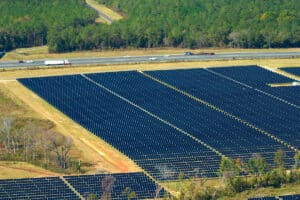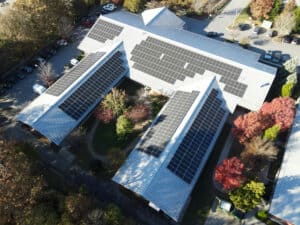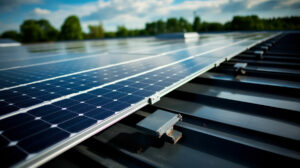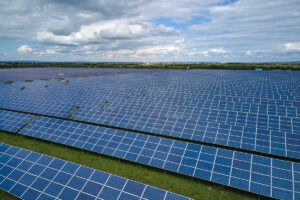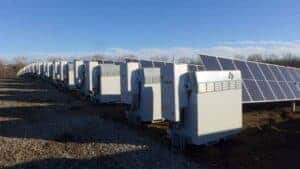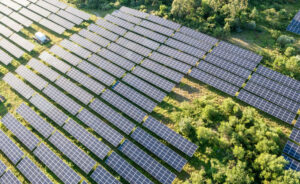Many aspects and components contribute to the budgets of energy projects. In this article, we’ll break down the commercial solar budget and explore the key components that businesses should be aware of when considering a solar project.
The increasing cost of electricity bills, combined with a greater awareness of environmental issues, has led many businesses and organizations to consider renewable energy sources. Solar energy is a particularly attractive option due to its low maintenance costs, long lifespan, and ability to generate electricity in remote locations. However, many businesses are deterred from investing in solar projects due to a lack of understanding of the costs involved.
Read: 8 Hidden Costs of Commercial Solar Projects: Simplifying Project Financing
Solar System Components
The first step in understanding a commercial solar budget is to know the various components that make up a solar system. These commercial solar components include:
- Solar Panels: Solar panels are the most crucial component of any solar system. They convert sunlight into direct current (DC) electricity. The number of solar panels required will depend on the size of the system and the amount of electricity needed.
- Inverter: The inverter is another essential component of a solar system. It converts DC electricity generated by the solar panels into alternating current (AC) electricity that can be used by businesses.
- Mounting Systems: Mounting systems are used to attach solar panels to the roof or ground. There are various mounting options available, including roof mounts, ground mounts, and pole mounts.
- Electrical Components: Electrical components such as wiring, conduits, and breakers are used to connect the solar panels and inverter to the building’s electrical system.
- Monitoring Systems: Monitoring systems are used to keep track of a solar system’s performance, including energy production and efficiency. They can also alert businesses to any issues with the system.
Costs within commercial solar budgets
Now that we’ve covered the various components of a commercial solar system, let’s take a closer look at the costs involved. Commercial solar projects contain multiple cost outlets that require consideration when budgeting.
Read: Simplifying Project Financing: 8 More Hidden Costs of Commerical Solar Project
Equipment Costs
The most significant cost associated with a commercial solar project is the equipment itself. The cost of solar panels, inverters, mounting systems, and electrical components can vary depending on the size of the system and the quality of the equipment. When constructing a commercial solar budget, it is crucial to consider the equipment and other external cost components.
Installation Costs
Installation costs will vary depending on the complexity of the project and the location of the solar system. Factors such as roof pitch, the presence of shade, and the type of mounting system used can all impact the installation cost.
Permitting and Inspection Costs
Permitting and inspection costs are additional expenses that businesses should be aware of. These costs can vary depending on the state and local regulations, as well as the size of the solar project.
Maintenance and Monitoring Costs
While solar systems require very little maintenance, there are still some ongoing costs associated with monitoring and maintaining the system. Businesses should budget for periodic inspections, cleaning, and repairs.
Return on Investment
Despite the initial costs associated with a commercial solar project, businesses can expect to see a return on investment in the long term. By generating their electricity, businesses can save money on their energy bills and potentially earn revenue by selling excess electricity back to the grid. With return on investment varying, it is important to consider maximizing commercial solar budget efficiency to increase ROI.
Read: How to Plan a Commercial Solar Project with 8 Simple Steps
Looking to simplify your commercial solar budget?
A commercial solar project can be a significant investment for businesses, but understanding the budget breakdown can help you make an informed decision. By considering the costs of equipment, installation, permitting and inspection, and ongoing maintenance and monitoring, businesses can budget appropriately and reap the financial and environmental benefits of a commercial solar system.
If you’re considering investing in a commercial solar project, it’s essential to understand the multiple costs that could significantly affect your budget. To help you navigate these costs, EnergyLink, an ESCO with expertise in large-scale energy projects, offers a team of experts to guide you through every stage of the planning process. With over five years of experience in the middle-market energy space, EnergyLink’s knowledge can help you make informed decisions. Click the link to get started on planning your commercial solar project, or call (866) 218-0380 to speak directly to a member of the EnergyLink team.
Want to stay up to date on the latest energy industry news? Click the link below to sign up for our bi-weekly newsletter.

